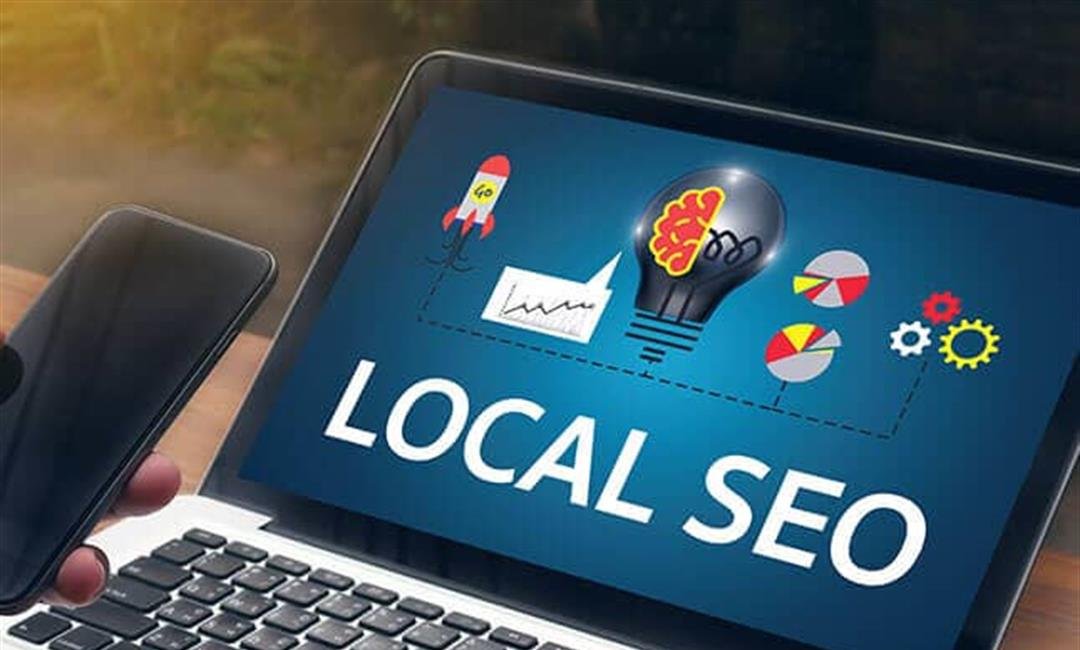Local SEO: Part 2
In last week’s blog post, we explained what Google’s “Local Pack” is and why it’s such a huge deal for home service businesses such as yours to get listed in these local search results. Now that you’ve learned the what and the why, you’ll get to learn the how—that is, how you can navigate the world of local search engine optimization (or local SEO) and improve the chances of your business being listed in the Local Pack.
Quick recap: Google’s Local Pack consists of 3 local search results near the top of the search engine results page. These results appear with a Google map, the business’ basic contact information, and sometimes local ratings and reviews.
How to Optimize Your Online Footprint for Local Search
As you may remember from last week, the 3 key ranking factors for local SEO are relevance, distance, and prominence. In order to tell which local businesses lead the way in these areas, Google looks at many different “local signals,” or certain pieces of information from your website and other places on the web where your business is mentioned.
Here are 5 steps you can take to improve your business’ local SEO:
1. Use local keywords: Optimize your web content with more localized search terms that include your specific city or community. These means incorporating the terms into your page content, H1 headings, title tags, image alt text, and more. This helps Google know that you serve this area.
2. Set up/verify your Google My Business profile: If you don’t already have a Google My Business page, set one up. If one exists because Google created one for you, take the time to claim it and ensure that all of your business information is correct. Make sure your Google My Business page is thoroughly filled out (business name, address, phone number, website, hours of operation, category, etc.). The more information Google has, the easier it is to match your business with local searches related to your services!
Helpful Tip: Be sure to include your local address. For example, if you’re located in a city or community just outside of Los Angeles such as Burbank, don’t list your city as Los Angeles—actually list it as Burbank. This is important because Google considers how close your business is to the local area you are targeting in local SEO rankings. Also, in most cases, it is best if you include a phone number with a local area code.
3. Stay active on your Google My Business profile: Google looks at how active your Google My Business page is. Are you regularly posting content and photos on your Google+ page? Is your Google My Business page receiving a lot of traffic? The more activity Google sees, the more prominence it gives your business, which can help push your business to the top of local search results. You can help generate more activity by regularly sharing links to your Google+ page.
4. Build your online reviews portfolio: Having positive online reviews (and lots of them) is a great way to show Google the prominence and credibility of your local business. To attract more reviews, you should create profiles on numerous review sites to make it easier for customers to rate your business online. A few other best practices include training your team on how they can improve their customer service, and responding professionally to all online reviews ( both good and bad) to show potential customers and Google that you take customer feedback seriously.
5. Keep your business contact info consistent across the web: NAP stands for name, address, and phone number. If your website, Google My Business page, and other local directories online list different versions of your NAP, this could hurt your credibility with the search engine and your local SEO.
These are just some of the many things you can do to boost your local SEO—both for the purpose of getting in the Local Pack, and also for getting shown high up in the regular (organic) results for local searches.
Don’t miss out on jobs right in your own community simply because you didn’t take the time to work your local SEO! At Scorpion, we have Local SEO specialists who can handle all of your needs in this area so you can just focus on running your business. Contact us today so we can help you get started!
Stay tuned for “Local SEO: Part 3” next week, which will discuss how mobile marketing fits your local SEO game plan.



